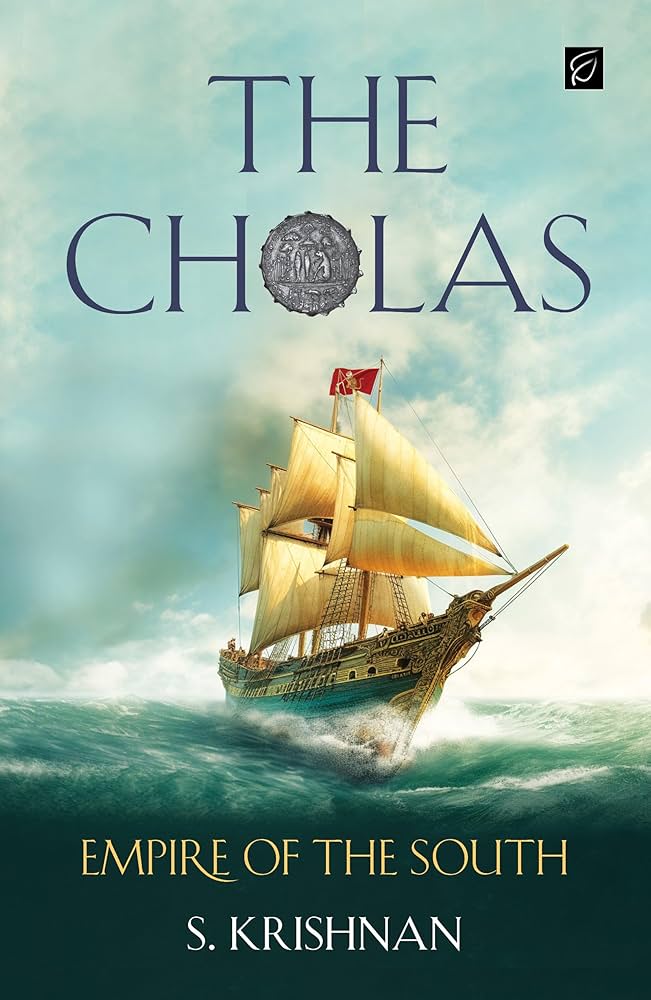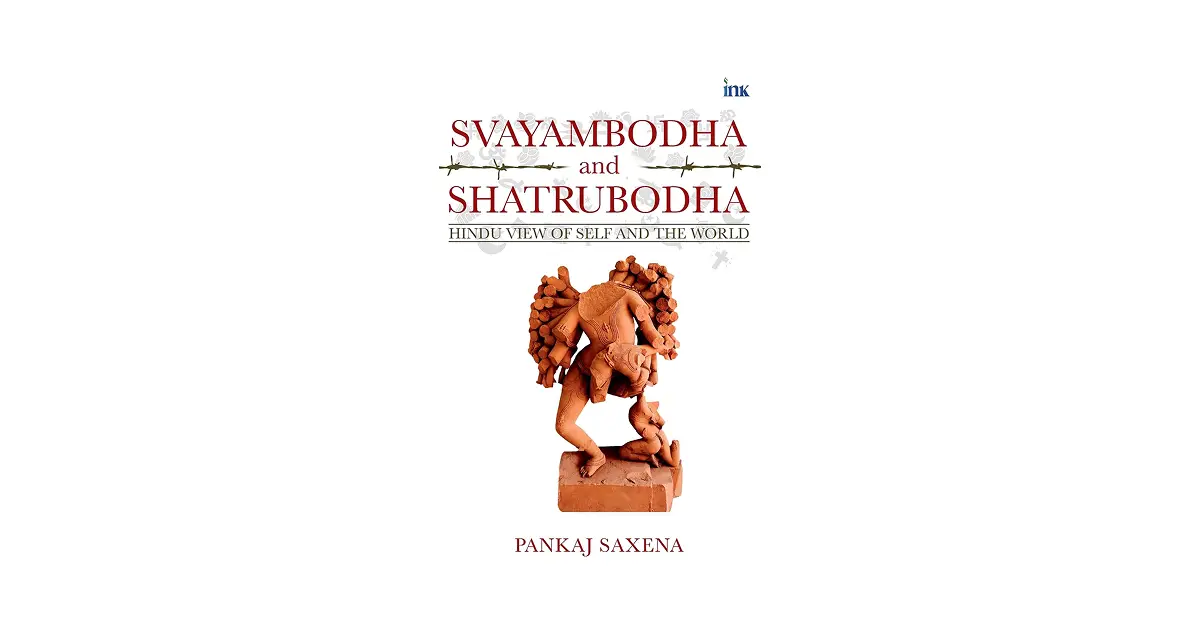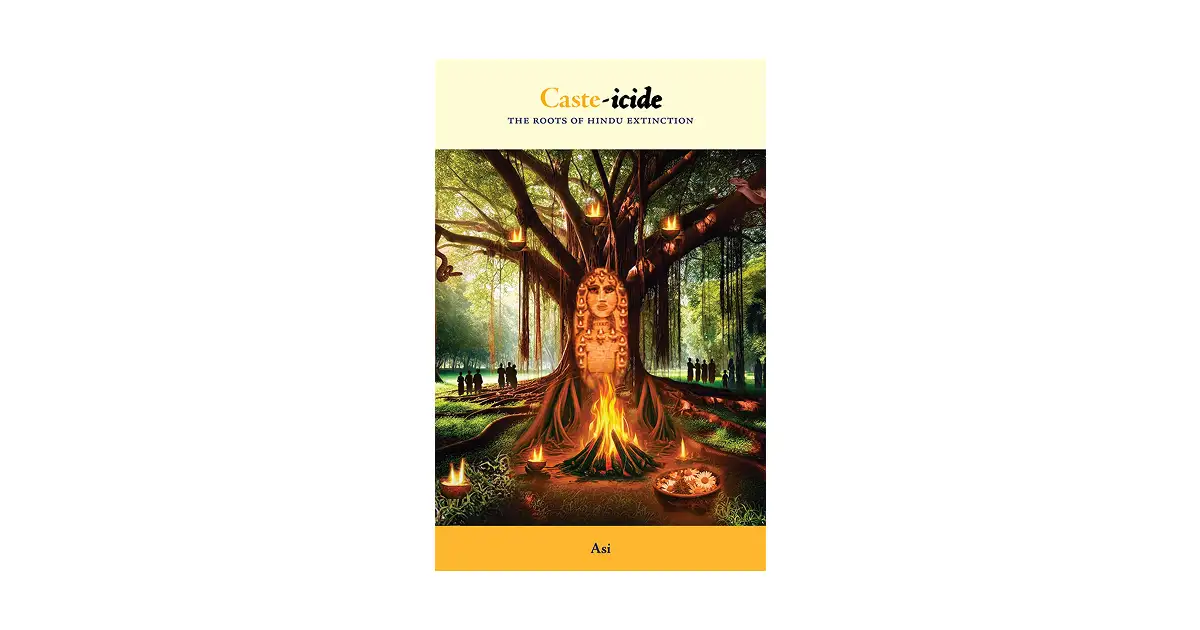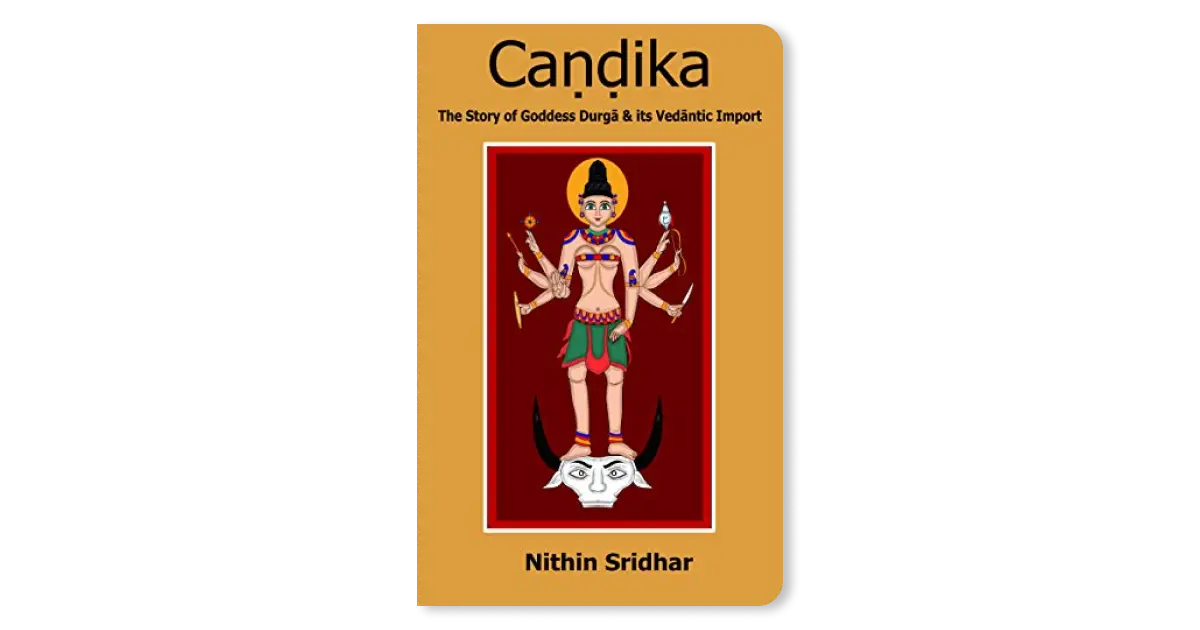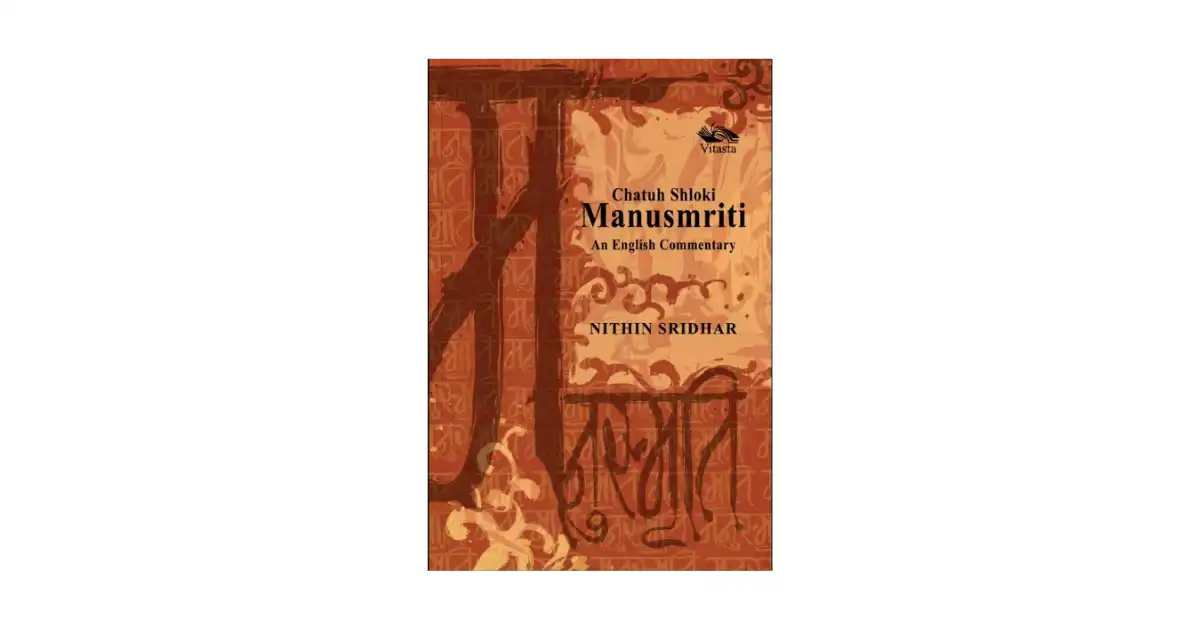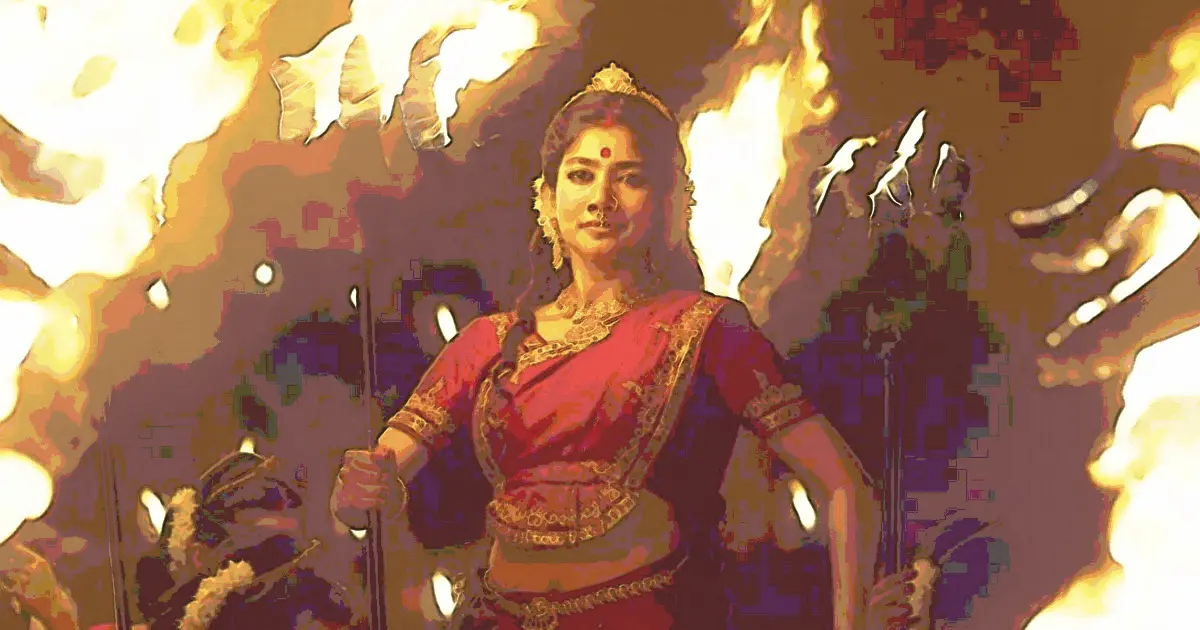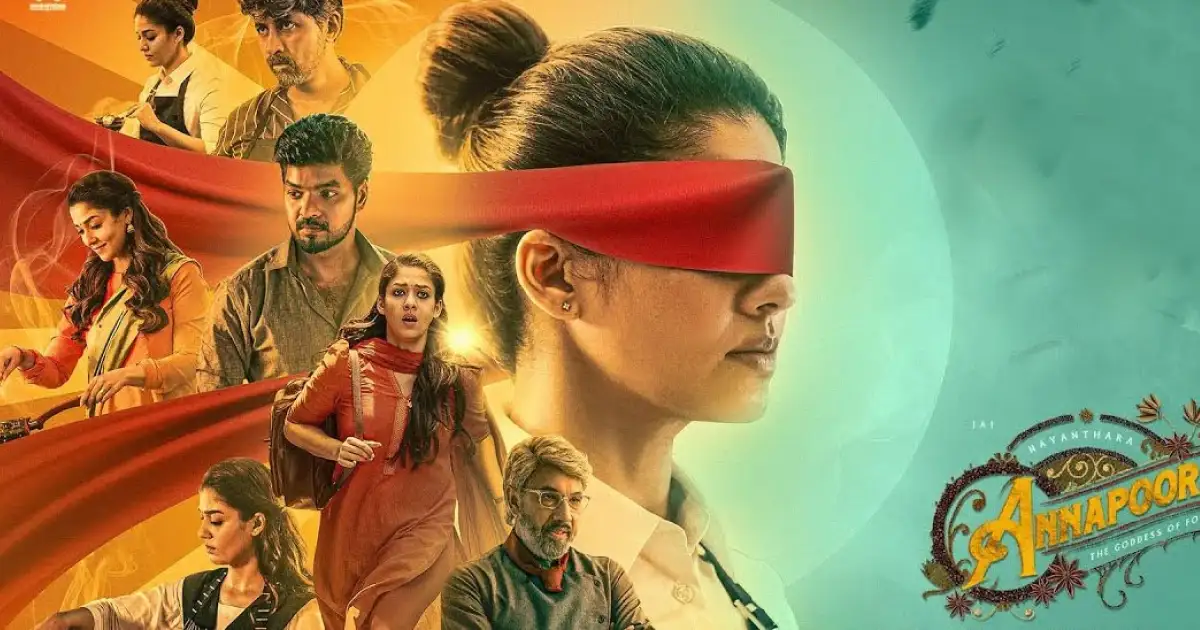S. Krishnan’s The Cholas is a richly detailed yet succinct chronicle of one of South India’s most enduring imperial legacies. Spanning political history, administrative structure, sacred geography, and the deep cultural memory of the Tamil land, the work offers not only a historical account but also paints a civilizational portrait of the empire. This is not a distant or inert history; as Krishnan demonstrates, the Cholas’ presence remains alive in the names of towns and villages, in the poems of the Śaiva saints, in their grand temples, in the deities still being worshipped, and in the ritual and literary lore transmitted across centuries. For that reason alone, The Cholas is a must-read for every Tamil, and indeed for every Bhāratīya who wishes to understand the dynasties that laid the foundations of our land.
The book is notable for its ability to weave political narrative with cultural legend. The reader is repeatedly reminded that Chola history is not merely a sequence of regnal years and campaigns in the distant past, but is inseparably bound to myth, religious devotion, and public memory—elements that continue to shape Tamil Nadu’s cultural landscape to this day. This cultural continuity is striking, and underscores an important reality: that the Chola inheritance is inextricably tied to Sanskritic and pan-Indian civilizational roots, a fact that certain ideological distortions in modern Tamil politics have attempted to obscure.
Rooted in antiquity yet reaching their imperial zenith in the medieval period under rulers like Rajaraja Chola I and Rajendra Chola I, the Cholas combined military power and ambition with an advanced administrative vision, refining local self-governance through autonomous village councils that remain exemplary models of decentralized administration. Their temple architecture—crowned by the Bṛhadīśvarar Temple at Thanjavur and extended through Gaṅgaikoṇḍa Cholapuram, Dārāsuram, and Tribhuvanam—were sanctuaries not only of the myriad deities but also of Vedic learning, the classical arts, and statecraft. In sculpture, their Pañcaloha bronzes—referred to as 'Chola bronzes'—such as the iconic Naṭarāja, achieved an aesthetic pinnacle that can scarcely be recreated or found elsewhere. As patrons of Tamil literature, classical music, and dance, the Cholas nurtured the Bhakti movement, institutionalizing the recitation of sacred hymns like the Thevaram and Divya Prabandham, thus preserving a spiritual tradition that still thrives. Their public works in irrigation—such as the still-functional Veeranam Lake—and their pioneering role in maritime trade extended their influence from Sri Lanka to Southeast Asia, fostering economic and cultural exchange on an international scale. Even centuries after their decline, the Cholas’ achievements remain tangible in the monumental temples, bronzes, murals, water systems, and living traditions of Tamil Nadu, continuing to inspire pride and offering a testament to the heights Tamilakam once attained in governance, art, and cultural integration.
One of the most compelling sections of the book is the account of Muchukunda and the Saptha Vidanga sthalams. Krishnan recounts how Muchukunda, son of Mandata, aided Indra in the war between the devas and the asuras, tirelessly defending the heavens from demonic incursion. Offered a boon, Muchukunda requested the original vigraha of Śiva as Thyagaraja, worshipped by Indra himself. Reluctant to part with it, Indra attempted subterfuge by crafting six identical images, but Muchukunda, discerning the original, was granted all seven. The king installed the original at Thiruvarur, with the other six placed at Nagapattinam, Thirukarayil, Thirukkuvalai, Thirumaraikkadu, Thirunallaru, and Thiruvaymoor—together forming the sacred circuit of the Saptha Vidanga sthalams. The episode is emblematic of the Chola synthesis: divine sanction, sacred geography, and the king as the ultimate upholder of dharma.
Krishnan’s work is equally attentive to moral exemplars within the Chola tradition. The celebrated tale of Manu Neethi Cholan—preserved in the Periyapurāṇam, temple inscriptions, and poetic works like Kaliṅkattupparaṇi—is a striking example. The king, famed for his impartial justice, installed a bell so that any subject might appeal to him directly. When a cow rang the bell to protest the death of her calf—accidentally run over by the king’s own son—Manu Neethi Cholan decreed that the same punishment be meted out to the prince. The episode’s denouement, with Śiva restoring both calf and child to life, reinforces the principle that justice, applied without fear or favour, is itself a sacred act. Krishnan presents this legend as part of a coherent cultural ethic, one that Chola rulers consciously cultivated in their public image.
Another deeply rooted legend is that of King Sibi, whose commitment to dharma transcended personal suffering. Faced with a hawk demanding a pigeon that had sought royal refuge, Sibi offered his own flesh as a substitute to preserve the principles of protection and fairness. In revealing himself as Indra, the hawk affirms the divine recognition of self-sacrifice. The story’s resonance across sources—the Puṟanāṉūṟu, Silappadikāram, Peruṅkathai, the Mahābhārata, and sculptural depictions from Barhut to Borobudur—attests to the Cholas’ claim of descent from Sibi and the symbolic weight of the title “Chembiyan.”
Krishnan also engages with lesser-known but culturally significant figures, such as Thungeyil Erintha Chembiyan, remembered for his military exploits and for initiating the Indra Vizha at Poompuhar. The description of this festival—inviting Indra to reside in the city for 28 days—links Chola ritual life to pan-Indian Vedic traditions, again undermining modern attempts to portray Chola culture as purely “Dravidian” and disconnected from Sanskritic heritage.
One of the book’s more impressive achievements is its treatment of Chola administration, particularly the autonomy and sophistication of village sabhas. Krishnan draws on inscriptional evidence, such as that from the reign of Parantaka Chola I, to show how villages were divided into wards, candidates vetted by agreed qualifications, and representatives chosen by lot from among eligible names written on palm leaves. This process, conducted publicly in temples and overseen by both local elders and royal officials, avoided factionalism and promoted communal consensus. The description of this quasi-democratic mechanism—rooted in fairness, transparency, and community acceptance—offers a salutary contrast to the defamatory narratives surrounding India’s ancient political and social structures.
The judicial system, as reconstructed by Krishnan, was likewise a blend of textual authority and pragmatic adaptation. Rooted in nīti śāstra and the smṛtis, and guided by principles such as aatchi (custom), aavanam (documentary proof), and ayalar satchi (eyewitness testimony), Chola justice operated primarily at the village and nadu levels, with royal intervention reserved for exceptional cases. The punishments for serious crimes could be severe—ranging from fines and banishment to execution by elephant—but the system also demonstrated remarkable flexibility. The Thamaraipakkam inscription, for example, records a murder case in which the court spared the life of the perpetrator, mindful that executing the surviving son would leave aged parents destitute. Instead, the sentence required the lighting of a perpetual temple lamp in the victim’s memory. Such judgments reflect not only legal sophistication but also the moral reasoning integral to Chola governance.
The book’s scope extends beyond political and administrative matters to encompass geography, urban planning, religious institutions, and maritime influence. The shifting capitals of the Cholas are discussed in light of strategic, economic, and symbolic considerations. Merchant guilds and nagarams emerge as vital urban nodes, linking the agrarian base with oceanic trade networks. Temples are presented not simply as places of worship but as administrative hubs, cultural repositories, and symbols of imperial ideology.
In all of this, Krishnan’s narrative is both accessible and learned. His command of inscriptional and literary sources lends authority to his reconstructions. Without sacrificing on historical detail, the book succeeds in delivering a comprehensive portrait of the Cholas that is firmly grounded in primary evidence.
Importantly, the work implicitly challenges the ideological project that seeks to detach Tamil history from its wider civilizational matrix. The Chola self-image—as warriors, devotees, lawgivers, and patrons—was articulated through a Sanskritic idiom and pan-Indian cultural forms. Their deities were not localised abstractions but participants in the broader Vedic-Purāṇic corpus; their justice was legitimated by dharmaśāstric ideals; their festivals and rituals invoked gods from the vast Hindu pantheon. To present the Cholas without these dimensions is to misrepresent both their self-understanding and their historical reality.
The Cholas is therefore more than a historical monograph. For the Tamil reader, it offers a reaffirmation of heritage; for everyone else, it situates the Cholas within the grand arc of our collective past. Krishnan’s work reminds us that the legacies that endure are those where justice flowers from dharma, local pride flows into civilizational identity, and power serves as a vessel for cultural proliferation.
